LoRa is essentially an SMS-based CB Radio for nerds. Saved you the read.
Sometimes, you gotta get out. Touch grass. Walk around downtown. Hang out at your local coffeehouse while hipsters come up to you asking for money. Offer them your still-wrapped chocolate muffins if they publicly state that the B-52s are and always will be a terrible band, only for the profanities to fly as they storm out of the shop in a fit of rage. When in reality, they could've just complied, eaten the muffin, and resended his statement. But during all this, I've gotten into a cheap electronic hobby of LoRa, which is low (as in 900-915Mhz in the States) frequency radio hunting. For those who aren't feeling like getting into my diatribes. It's like a cross between Citizen-Band Radio mixed with instant messaging. Oh, and you can encrypt your messages, which somehow scares the shit out of universities, as it could promote "Anarchy" or some bullshit like that. Saved you a fuckload of time. Read on to continue downward the spiral.
What the hell is a "LoRa"
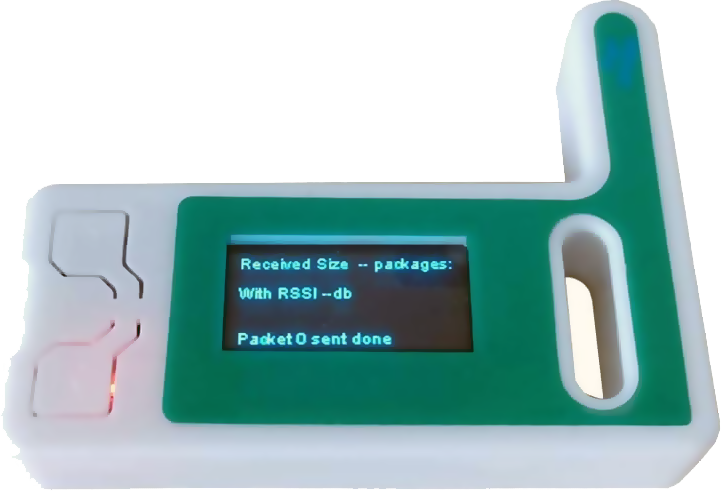
The picture above is a Heltec V3, which is probably the cheapest but most popular device that can hook up to LoRa and specifically uses a system known as "Meshtastic" LoRa itself is essentially a low-power wide area networking protocol that allows you to communicate from one device to another, and MeshNet is software that allows these devices to talk amongst one another. Even sends packets between multiple devices, completing the 'mesh' topology so that if one device cannot reach its destination, it can simply "Hop" around until it reaches its final destination.
By itself, it's nothing all that special. It powers on. starts looking for Nodes and gives you a 'general' direction of where it found those nodes, with the compass always pointing north. If someone is talking on the public chat, the screen may even show that too. But you can use a tablet, smartphone, or computer to hook into this thing to send messages as well as pull up information on what other nodes are within the area.  It's this. But for adults. Instead of talking, you get SMS messages on your tablet or phone without being connected to a service. Since it's in the 915Mhz range, it's also a device anyone can purchase from AliExpress, eBay, or Amazon for cheap and
It's this. But for adults. Instead of talking, you get SMS messages on your tablet or phone without being connected to a service. Since it's in the 915Mhz range, it's also a device anyone can purchase from AliExpress, eBay, or Amazon for cheap and be a horrible human being, er, not have a HAM license.
Addressing the YouTubers in the room.
Leave it to the YouTube community to turn something as simple as an SMS based walkie talkie and try to make it sensational for those extra clicks. Similar to Google search, you have to constantly refine to get around these videos to find out how to set one of these things up in the first place. 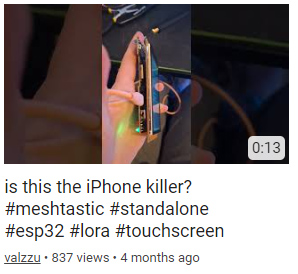
Is this the iPhone Killer?
Answer: #no #it #is #not #enjoy #more #hashtags
What is this fascination with technological murder, anyway? Why can't tech hold hands and get along? Fuck!
Anyhow, Lora is a low-power communication. ranging from 0.03kbs to 62kbs, depending on how you set this thing up. You can't use this for VoIP. You can't listen to music on it. There's not even a good PicoChat client on it (Although I don't see why not, beyond sending 2000 bytes worth of 2-bit PNG data for a 256x128 image would result in dividing up the image into 4 to 6 UUEncoded packets- doable, but not fast at all)
It's Been a Good Run , Phone Providers.
Part 3, no less! Surprised he didn't put his face covering the other half of the thumbnail, shocked or sweating.
Maybe throw in some Pretzel Emojis.
The phone providers are very much alive in their monopolistic empire. Many LoRa clients can only allow a maximum of 7 hops on a mesh network (Generally 3 hops by default). Having your message go from your house to Canada (without the internet/MQTT) is not possible. 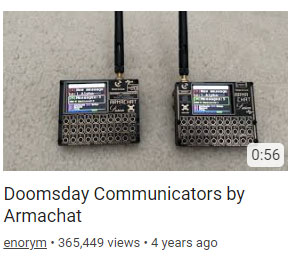
Doomsday Communicators
Well! I guess it depends on what kind of doomsday we are talking about here. If it's legions of undead zombies, then perhaps. But if it's high altitude ECM spikes from nuclear detonation. Sorry, your LoRa comms would be fucked. The same goes if all power production methodologies fail and we as a society are plunged back into the dark ages.
LoRa get!
We think we got the same package a lot of starter people tend to get, which is the Heltec v3 LoRa. Which is essentially an ESP32 microcontroller linked to a little OLED, and that's it. Since I had plenty of tablets and old smartphones kicking around. There's no sense is re-inventing the wheel by investing a shit-ton of money into the T-Deck system. BTW, 19 USD is what we paid for shipping included. Which is a little high. But the kit we received was a little different.
Awww c'mon!!! What's in the box?!?!
Indiscriminate amounts of severed heads.. Now that deserves a freckle to the face. 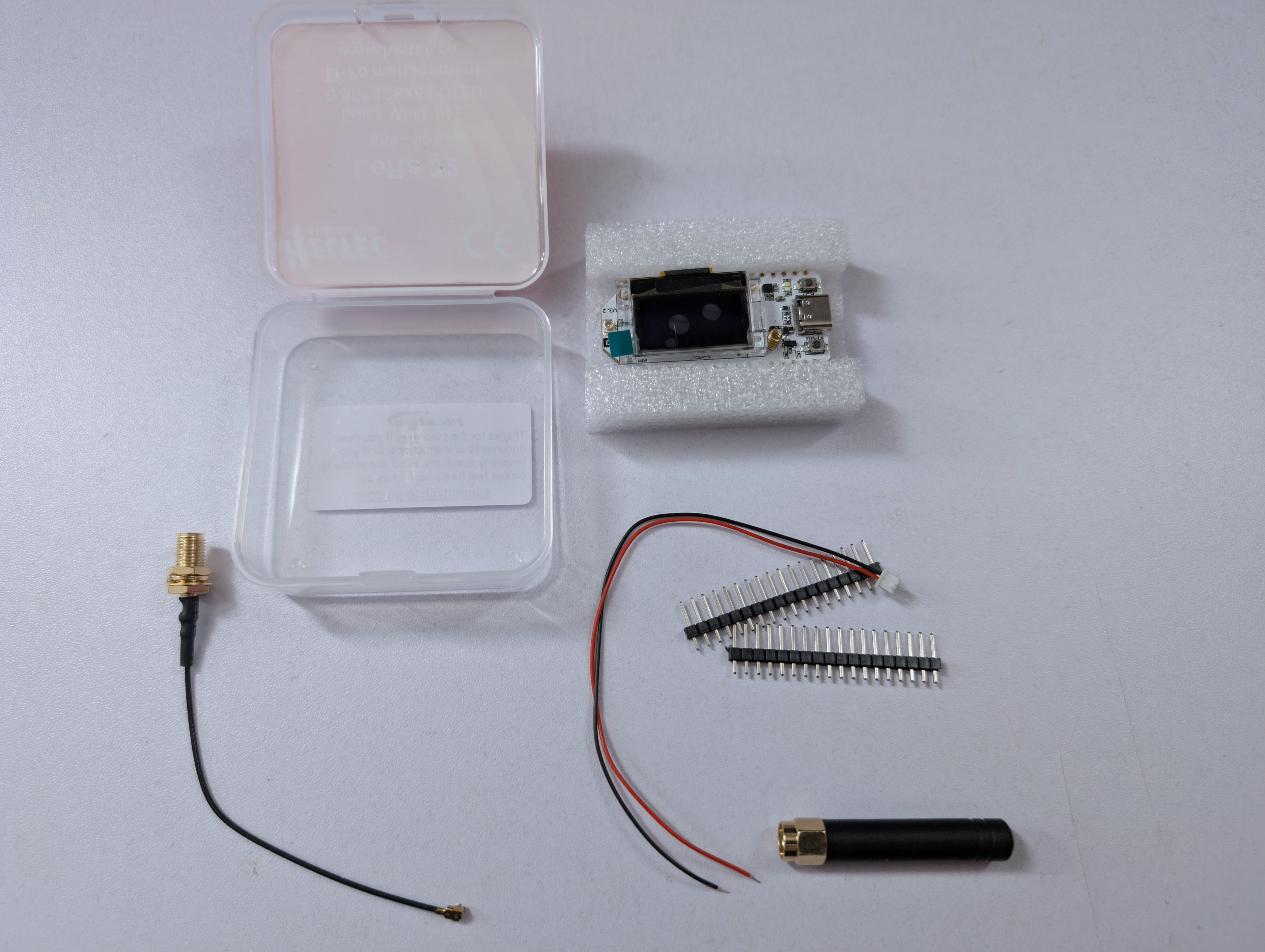 Looking at everything provided, we got ourselves the following:
Looking at everything provided, we got ourselves the following:
- The LoRa module itself. Unsoldered. Which in itself is a blessing and a curse. We'll get to that in a moment.
- U.FL to SMA Antenna cable.
- 2-pin JST 1.25 connector for a lithium battery
- 2.54mm Pin header connectors
- 3dbi Antenna that is probably out of tune with America's 915Mhz (or precisely Meshtastics 906Mhz frequency). But! Unless I get a Nano VNA antenna analyser, I will never really know.
Now, for those who give no fucks about soldering, you could push the battery connector and pins aside. Drill/burn, or just get barbaric and use some wire clippers to make holes in the plastic case it came with. Use some Goo-Gone to remove the stickers. Some 3M velcro along the bottom of your PCB, and you've got yourself a fully functioning LoRA setup. With the USB-C port either plugged into the laptop or a battery pack for portability. Don't worry about GPS because you could use your cell phone's GPS through Meshtastic and transmit that instead. In some cases, you could buy the battery WITH the JST 1.25 connector already applied, plug that in, and still have enough room inside the box! Us however? We wanted to be all fancy-pants and spend more money on this project.
Heltec Lora Mode 0
It's common to get this when you first buy your Lora. Mode 0 means it's stuck at the bootloader and wants data because you can use other programs besides Meshtastic to communicate with it. Since our intention is to use Meshtastic, going to https://flasher.meshtastic.org/ worked out rather good. We had to give special permission for the browser to access a serial port. But beyond that, it went rather well.
GPS time.
Looking back on this purchase in particular. We have a little bit of buyer's remorse on this one.. I decided to go with the best-rated GPS out there, which was almost the cost of the LoRa at $12 USD. Additionally, we should've done our research and gotten a 3.3VDC GPS if we wanted to do this. These kinds of GPS modules are typically used in drones, and perhaps we may repurpose this for another project down the road. I will say the sticker pack they gave us was nice. Excellent kiss-cutting, so good job on that front, HGLRC.
The build:
I think it's time we go through how we build up our Meshtastic client in the way that we like it.
Alright, one thing we didn't need to purchase is a battery for our Meshtastic LoRa. Because of our time repairing laptops throughout the years, batteries like this are easily attainable by breaking apart old IBM laptops with about six to eight cells falling out of them. This particular battery is almost 9 years old! The original ratings on this battery NEW were around 3000mAh. However, after extensive testing by draining and charging the battery, we're still sitting okay at around 2340 Mah.. In this project, it will be very usable as it should last anywhere from 10 to 20 hours, depending on the load of the Heltec and its surrounding devices. Sure, it's not as elegant as going with a flat-lithium battery. But it's servicable and easily accessible.
Now, because we know what we are harvesting. When you extract lithium from a pack of batteries. We're effectively bypassing the safety circuit of that pack. This means two things:
- Undervoltage - if the power of a lithium drops below 2.5vdc (The safety circuit does this. If we had a choice, we'd kill it at 2.9vdc), then the chemical composition of the battery begins to change, and therefore, it won't hold any charge at that point. If anyone ever put an old cell phone in a drawer and years later wonders why it doesn't hold a charge. Congratulations. Your battery committed seppiku.
- Overvoltage - Keeping shit from exploding is a healthy thing! Lithium has a bad habit of going into thermal overrun if voltage keeps getting poured into it.
A pack of 10 is like $3.99 USD, and the size is small enough to fit anywhere. It's a bit of a no-brainer. On top of that, after reading some battery experiences from other owners of heltec. It seems the charging circuit is way too problematic to trust doing its job on its own. After we shrink-tubed the circuit and then taped it on the inside corner of my 18650 casing. We're pretty much good to go. Oh yeah, temporarily mounted the GPS off to the side of the case until we figure out what we're doing.
The Heltec 5VDC rail.
We need to fast forward a little bit to explain something we're about to do. As we've made this board twice throughout the process.
You'll notice I did get a battery with our Heltec V3 kit because we're no strangers to lithium batteries and how to test and recharge them. Thus, quickly assembling some toggle switches to kill power from the battery as well as adding an 18650 holder onto my kit was no big deal. Since the HGLRC required +5vdc, we figured we could simply plug it into the 5vdc rail, and it's happy. While plugged into the USB-C port, we were right. Until we unplugged it and switched over to battery control.
We thought we had burned out our GPS. The lithium charging circuit design on the Heltec V3 leaves a lot to be desired as it will only supply regulated power to the 3.3vdc pin, and kinda like the 5vdc side is barely powered on, as in the pictures above. Our guess is the 5vdc rail of the heltec is in case you are powering from a different battery configuration, such as an acid battery for handling 12 or 24vdc solar rails. From there, you can use a DC-DC step-down to 5VDC. Only disable the supply when you need to hook it to USB-C to program it again. We kinda want to work WITH the charging circuit of the Heltech so it can show battery usage through the Meshtastic app. Well, we're not going to give up on this so easily.
Back to the build.
One of the reasons Heltec gives you a male pin is so that you solder those on first and then socket it to a base or a hat. In This case we took some perf-board, some wires, and some JP connectors for power distribution. And most importantly, a DC-DC step-up circuit to address the piss poor regulation of 5VDC happening on the Heltec v3. In case you are wondering. The JP3 pins on the bottom are your source battery, controlled by a toggle switch to kill the power before it goes into the other JP3 header heading towards the Heltec v3 because it's WAAAAY too easy to break that JST1.25 connector they give you. The toggle switch on the opposite end kills power to the DC-DC circuit and, respectively, to the GPS as well.
You'll see that we removed pins from the JP3 connectors and on the other end. applied glue to the female connectors on the other end to "key them". because I didn't have a JP4 for the GPS. Send/receive pins are in the JP3 in the middle of the board. On the very top is a clean 5Vdc coming out of the DC-DC adapter. With one of those plugs going to the GPS.
All of it is soldered with our PineCIL, showing our readers that we do use what we review!
The nice thing about making a baseboard for your Heltec to go into is you can check all of your handiwork before plugging everything in, ensuring that you're not going to blow shit up. Which trust us. We're good at! Oh, that DC-DC board is level with the female connectors on our base board, which means it cannot come in contact with our Heltec V3.
With it all assembled and powered up. I was able to load Meshtastic on my phone. Detect my Heltec V3 and connect up to it with the GPS ready to rock and roll! Now. I'm not going to carry around outside a bunch of bare wire and circuit. People are going to look at me like I'm some kind of madman. Worse yet. The Midwest culture boredom will have strangers constantly asking me, "What IS that?!?"
We can, however, subdue it temporarily in a black Hammond box for that bomb aesthetic. Once the lid is closed, you can't see all of the blinking lights, which is great for setting it along a window. I can also put it in my car and connect to it via Bluetooth from the coffee house without issue. Until I do what I did with my ArduinoDeck, this at least will get it up and going for testing.
I found out that the 3dbi antenna was not cutting it for some of the more rural areas of town, so I upgraded to what they CLAIM is a 10dbi whip antenna. It is certainly better than the 3dbi one. But annoyingly, we had to pay $17 USD. Almost as much as the Heltec itself. Now, is it -really- a 10dbi antenna? We don't know, and not feeling like purchasing a $100 RF scanner to find out.
Total cost of this LoRa project.
- Heltec v3 - 19
- 10Dbi antennae - 17
- Safety circuits - 4
- Switches - 4
- Hammond box with rubber feet stickers - 3 - Shout out to American Science and Surplus on this one.
- PCB-Board - 1
Total so far: $49.00(USD), not including all of the soldering tools and equipment for assembly.
The app itself.
I tried their app on both Android and iPhone, and we have to say it's solid as fuck on both platforms. Simply Bluetooth into the Heltec. Position your antennae somewhere with a clear line of sight and go. Now, I'm not on a speedboat heading to Chicago as we were doing this review, and it isn't the fault of a shit GPS either. By default, Meshtastic disrupts your location up to a 7-mile radius.
After a while of heading downtown and checking out places, we did find out that most of the people who own devices only broadcast their node once every 3 or so hours. So, driving around the city at 60mph doesn't help you find all of the nodes like you could with wi-fi war-driving. However, as you start connecting to more and more nodes, it makes it easier for messages to 'hop' between clients to complete the network. Throughout my weekend, we only found about 14 nodes around the downtown Milwaukee, Wisconsin area. The technology is rather niche and doesn't have the publicity that Tor had. Perhaps that's for the best.
We did get our first message from a random person. Unfortunately, by the time we were able to respond, they were out of range. We suppose we could take advantage of the MQTT system Mestastic provides, but we feel that's kinda cheating. One of my friends picked up a T-Deck and was able to do private messaging without issue. Thus, could verify that the Heltec V3 works.
Final Thoughts.
Build cost and assembly were acceptable. YouTube was annoying to get any information from. And this kind of technology, given its range, it's a lot more fun when more people are working with it. We did hear of a hackerspace meetup in town that used these and even set up a BBS that you could potentially log in to. If things are sparse, then the possibility of building a bigger/better antenna is always there. Also, not living at the bottom of a hill and instead living in an R2 residential zone would probably be even better, as you would have a line of sight and potential for more nodes.
As for the software. The only criticism we have is that it would be nice to know what speeds each node is working with. By default, everyone is on LongFast with potentially 1kbps. If one node sets itself up as ShortFast or ShortTurbo, you just don't know in the listing. Also, if there is any metadata a user wants to share about their node. That would be cool, too. Probably going to keep this around our vehicles as it's a project to tinker with and mess around with when you're out and about. It's an interesting concept and a good entry point for someone interested in radio to see what it's all about.
That's what server said..
+++END OF LINE

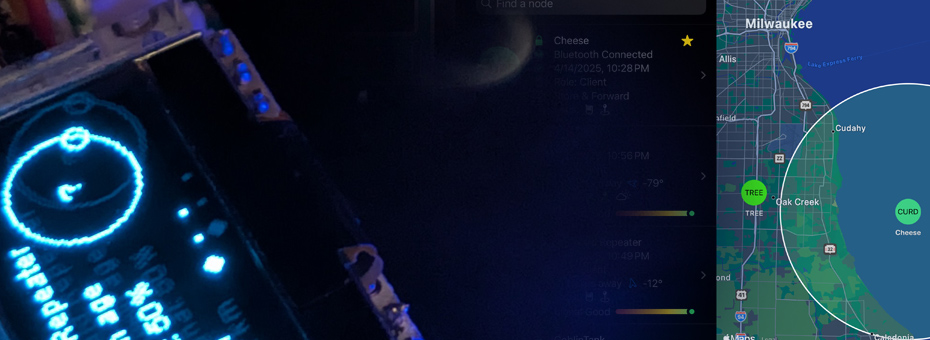

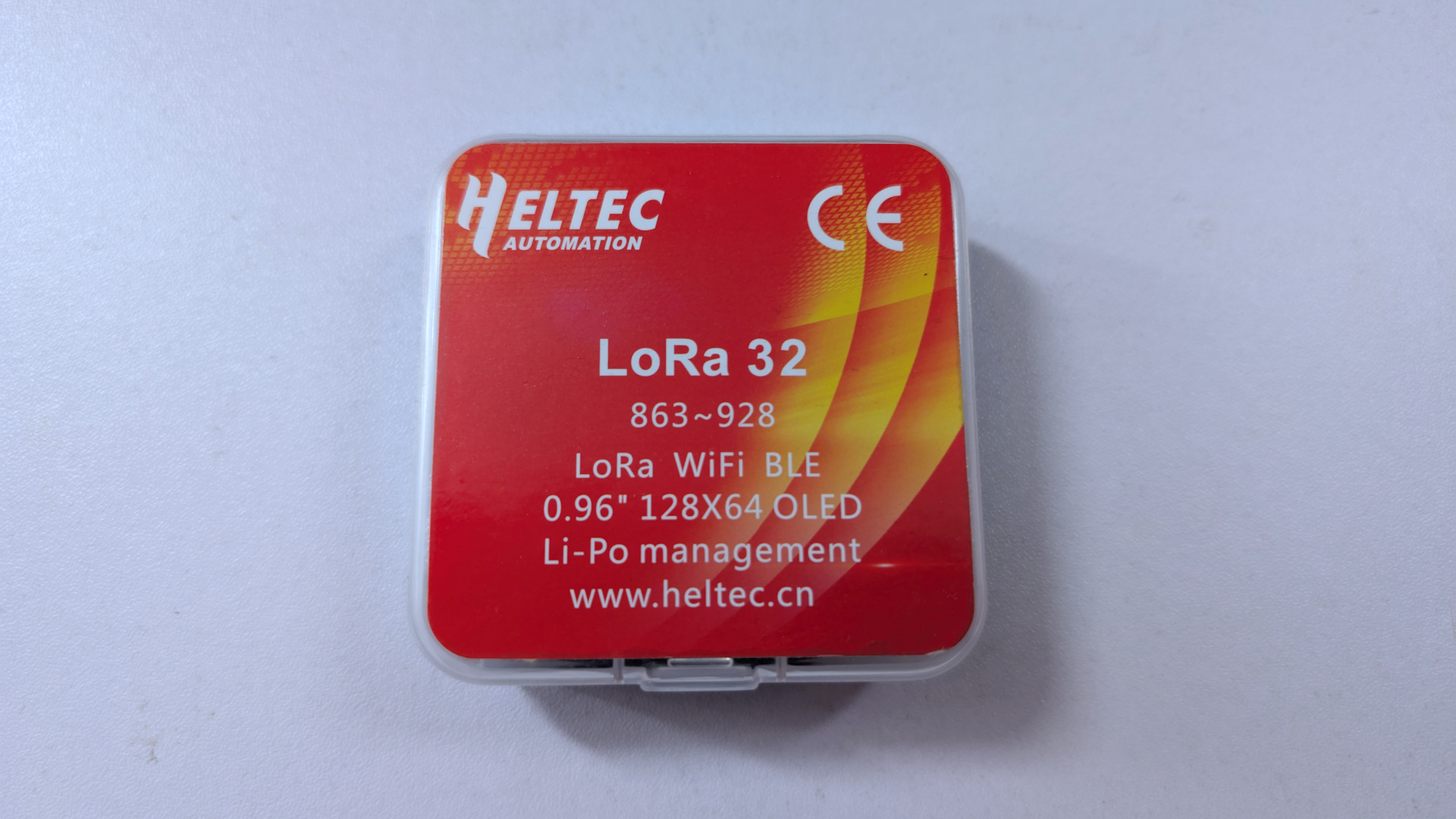
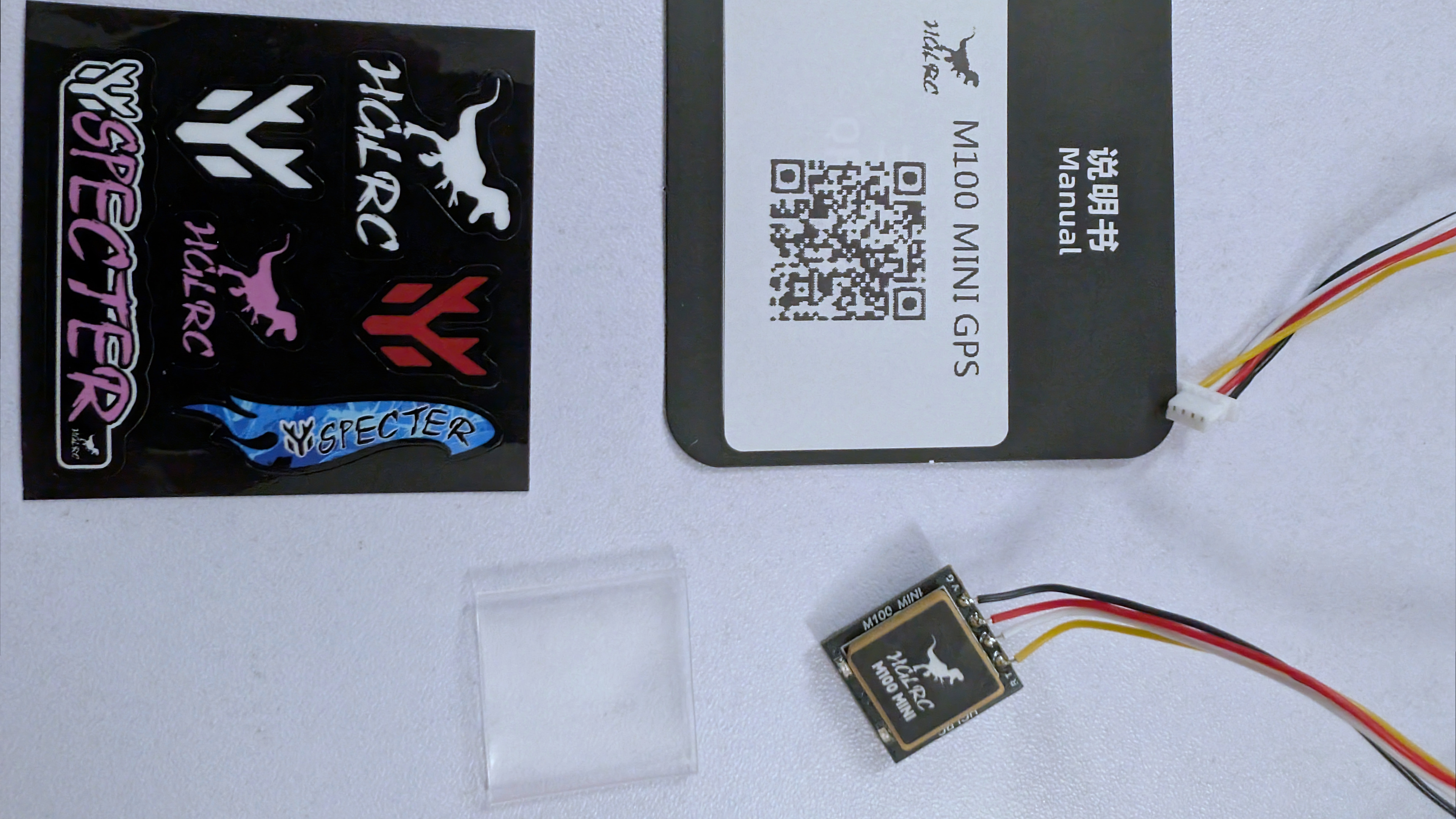
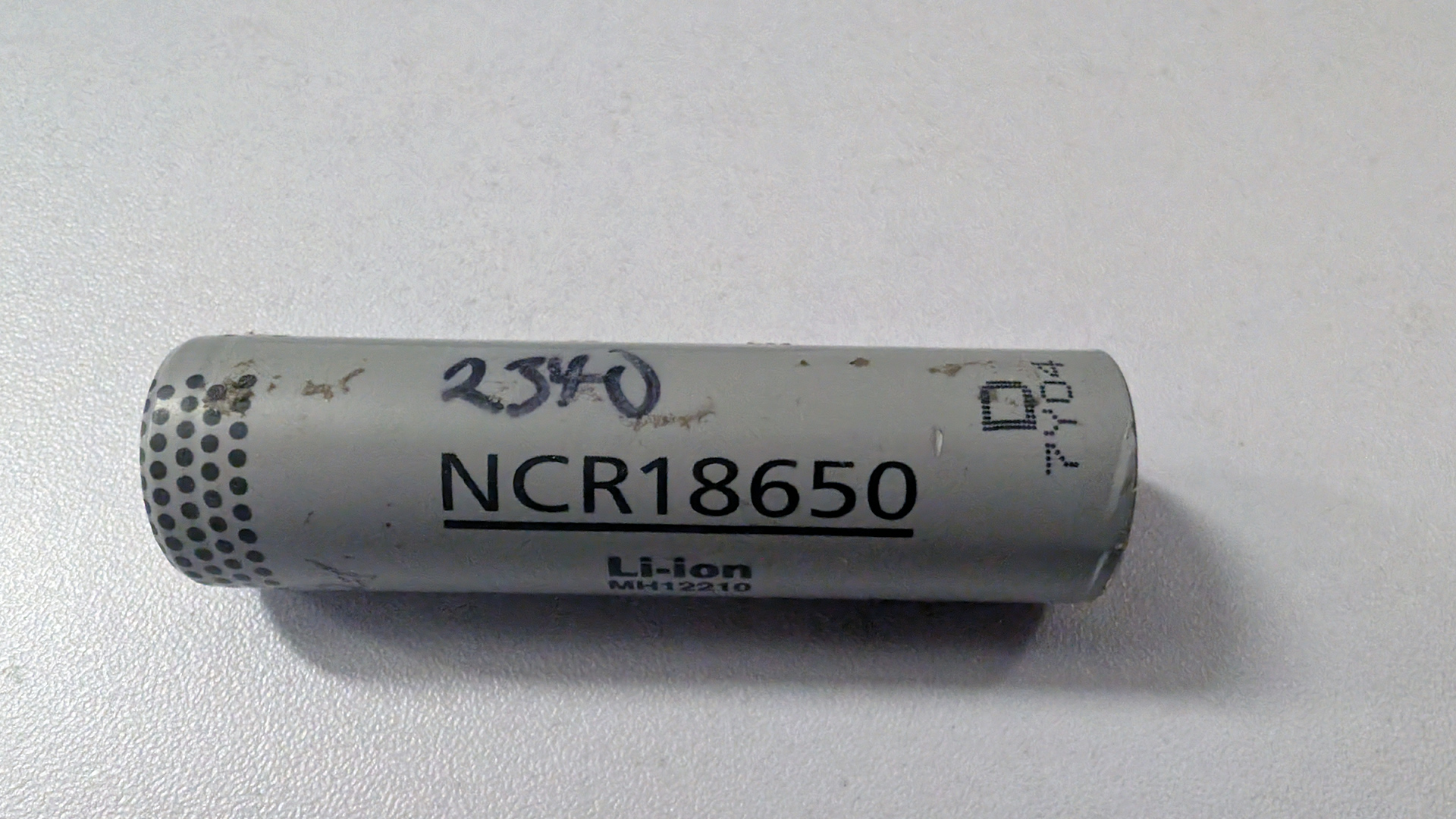

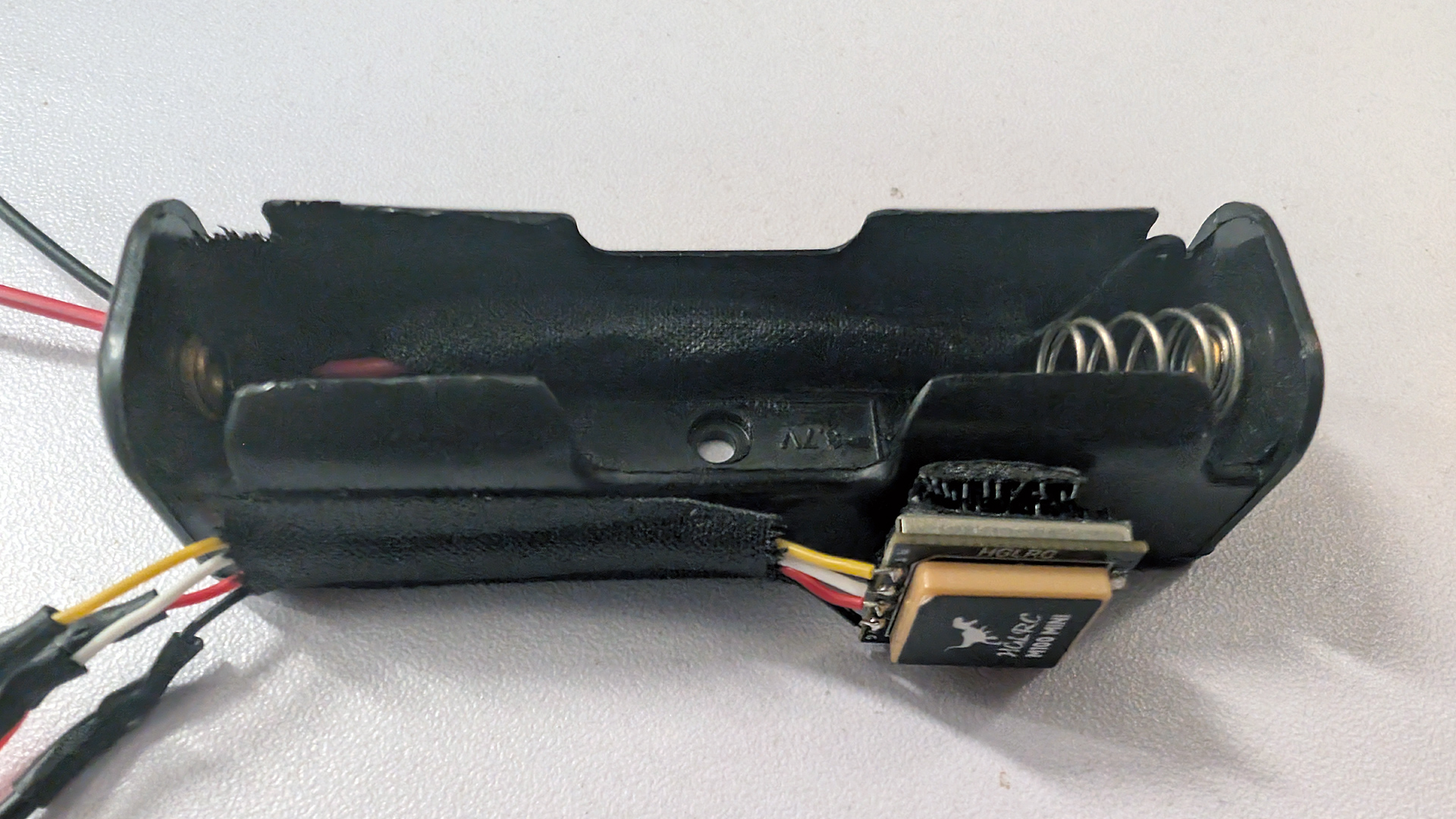
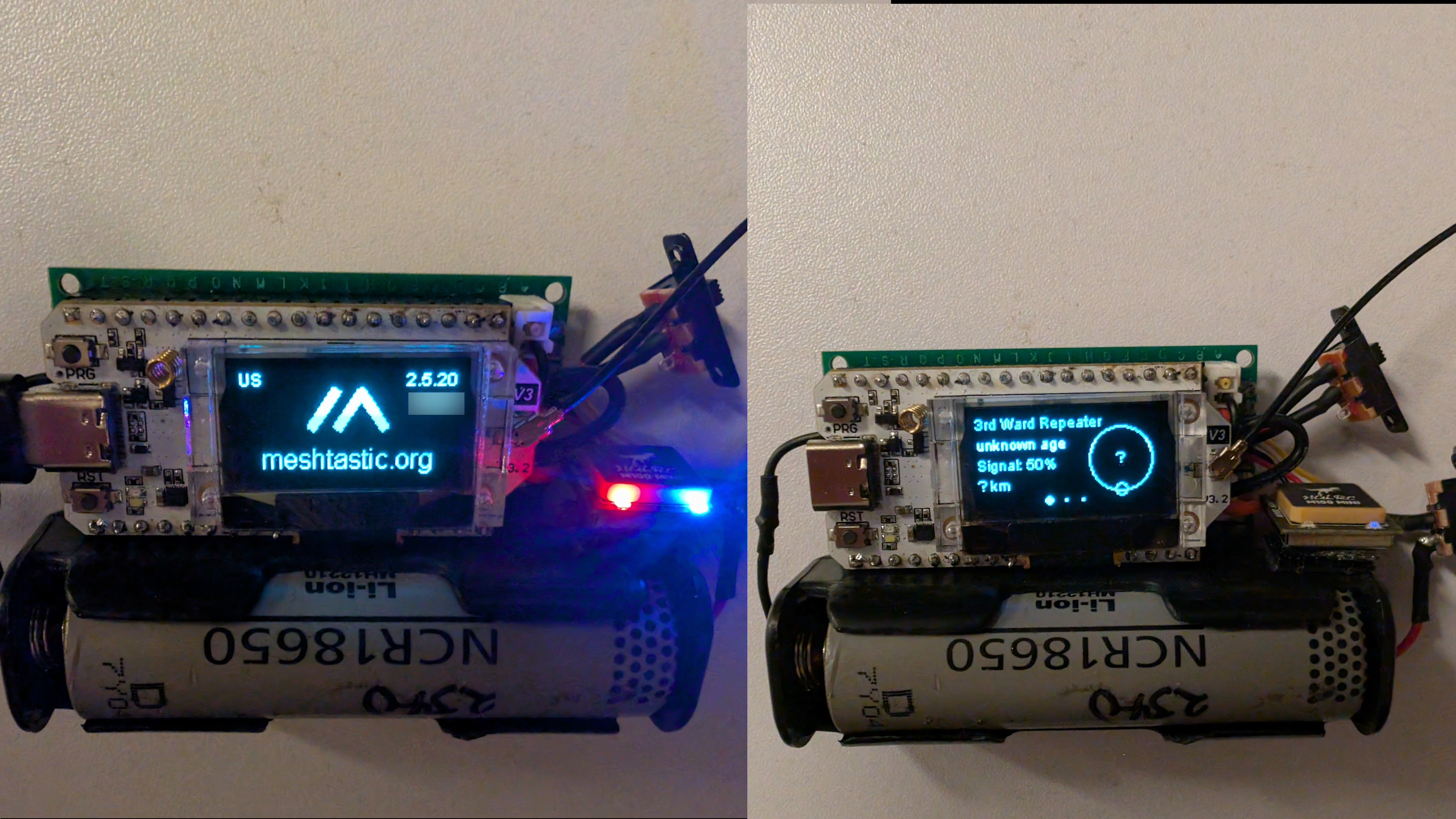
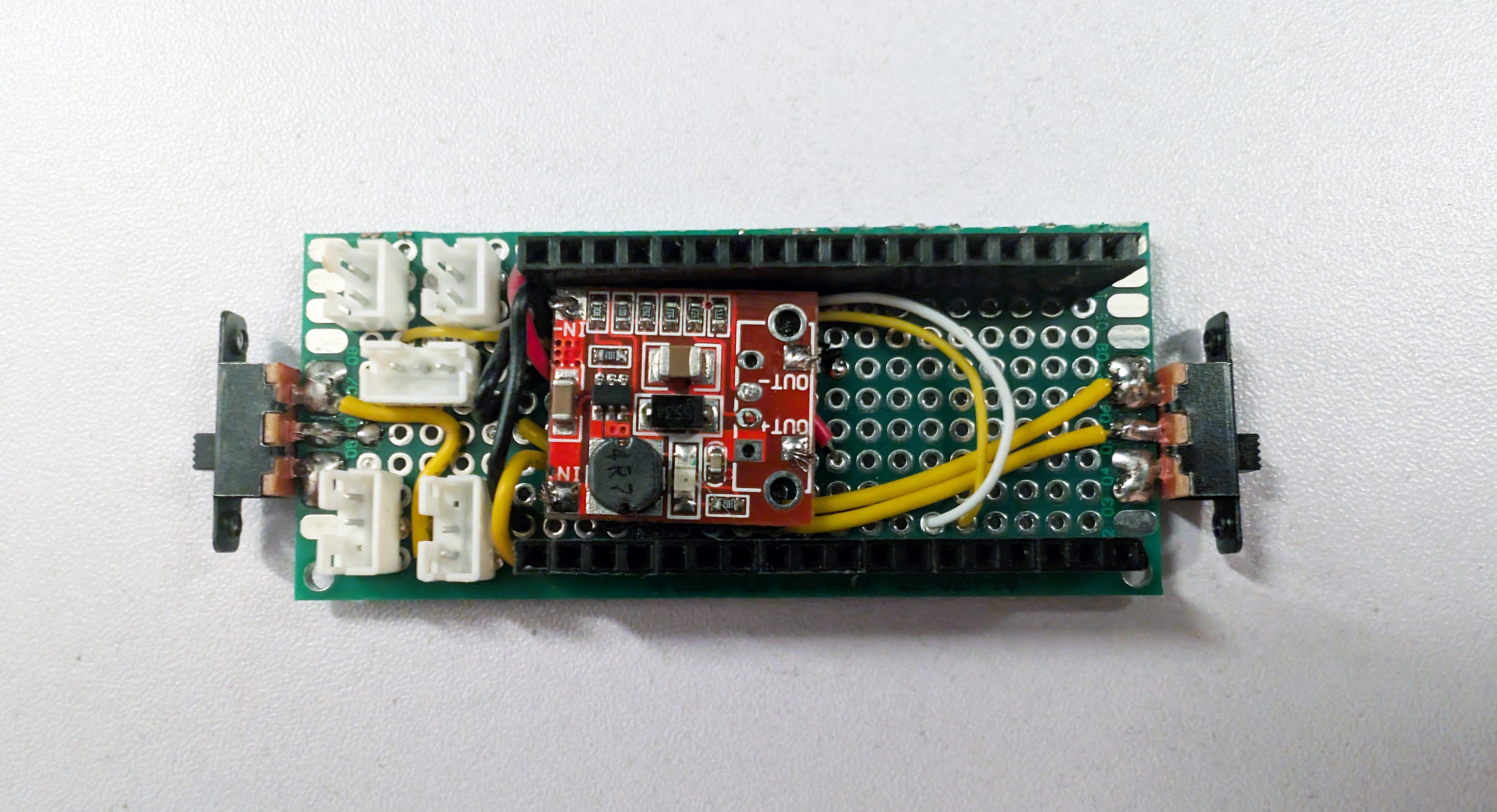
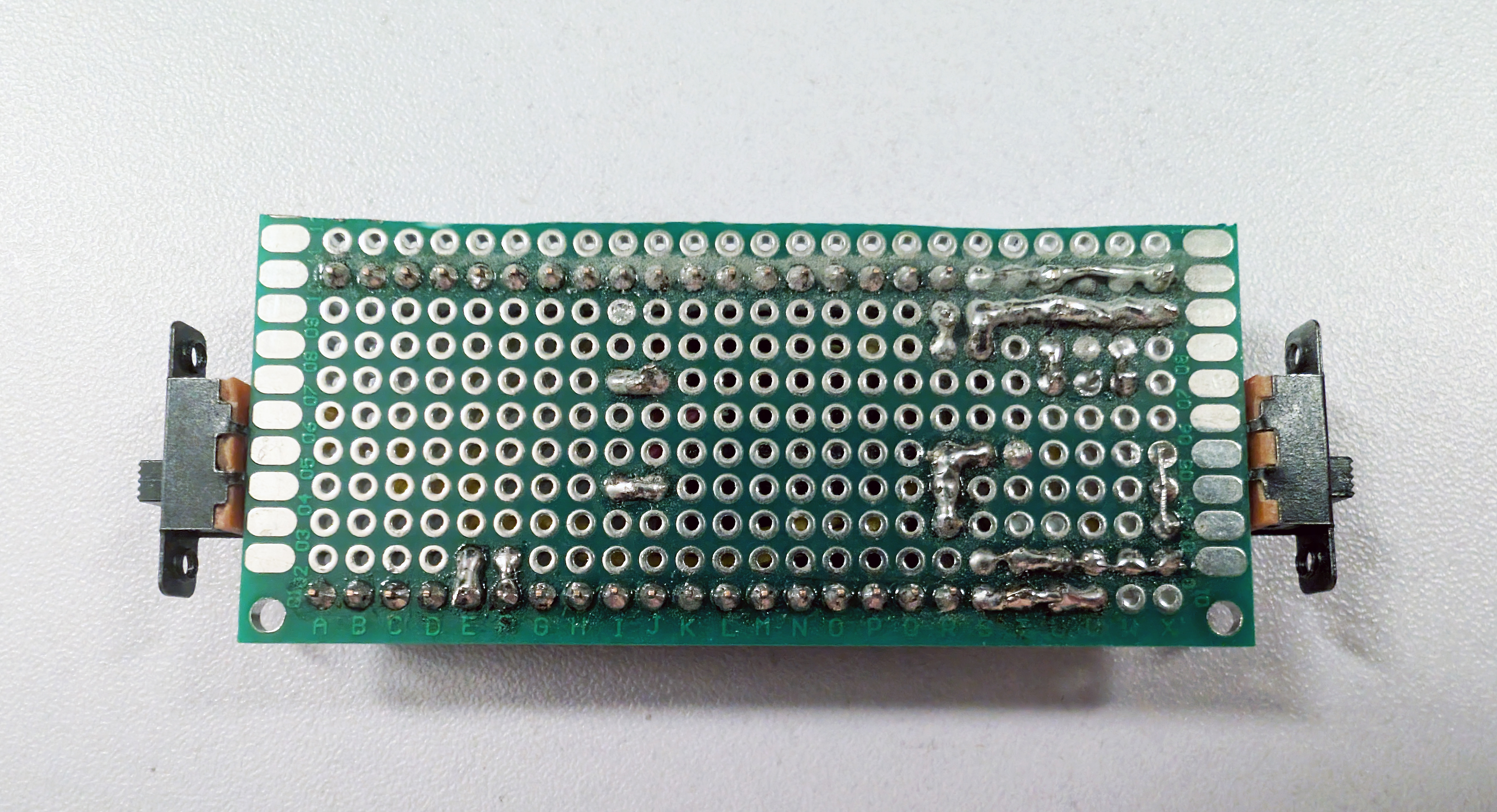
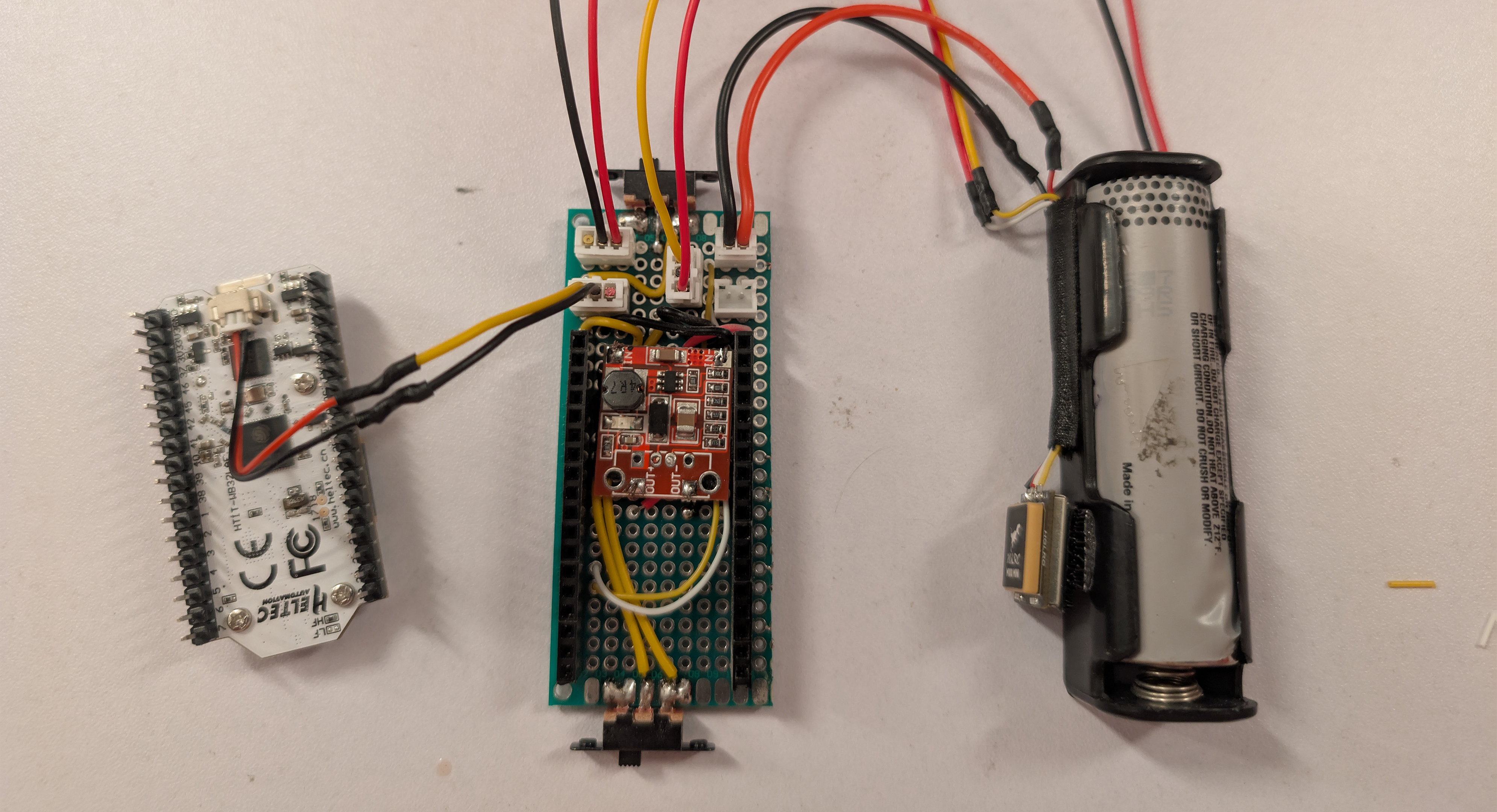
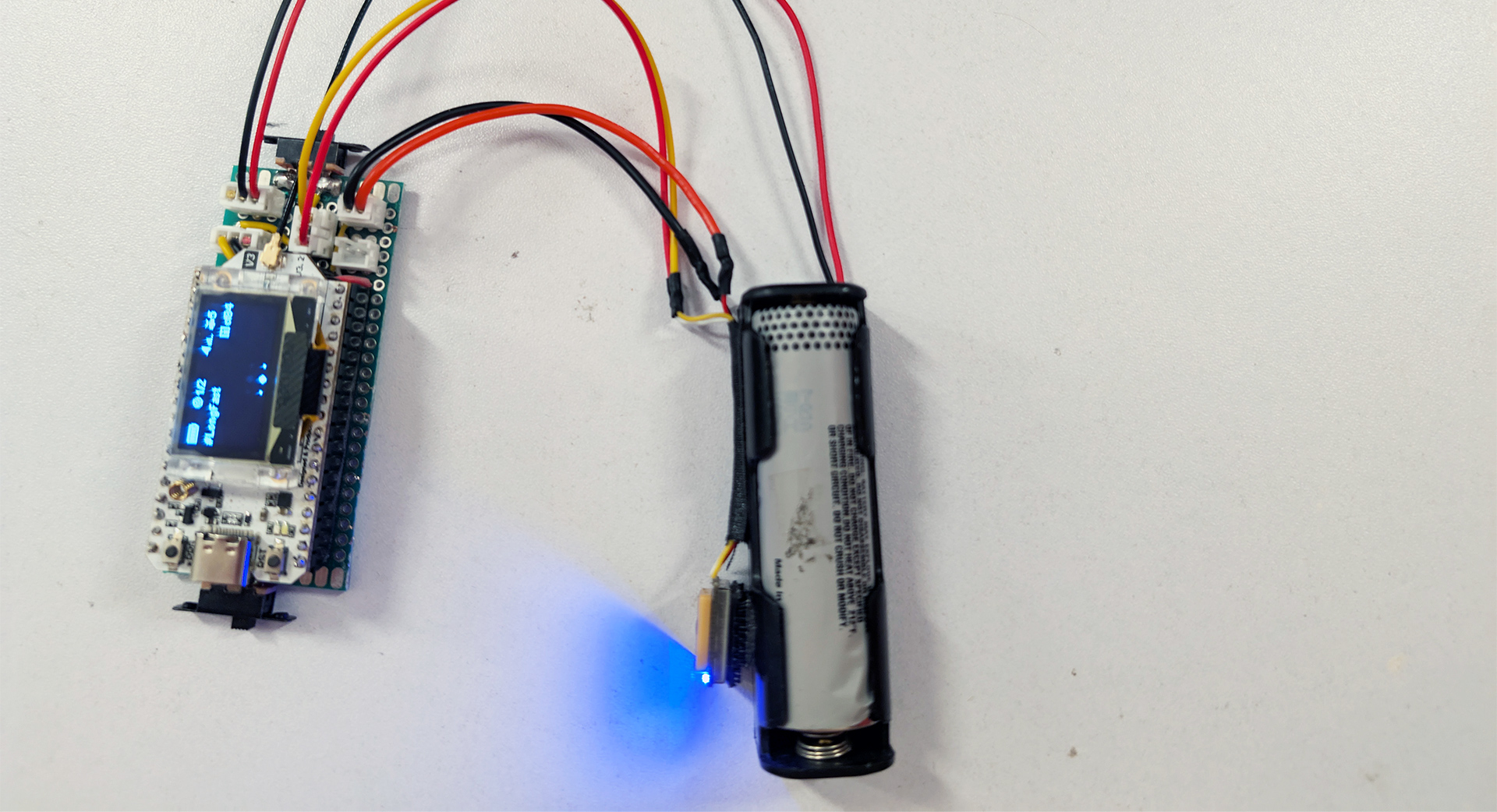


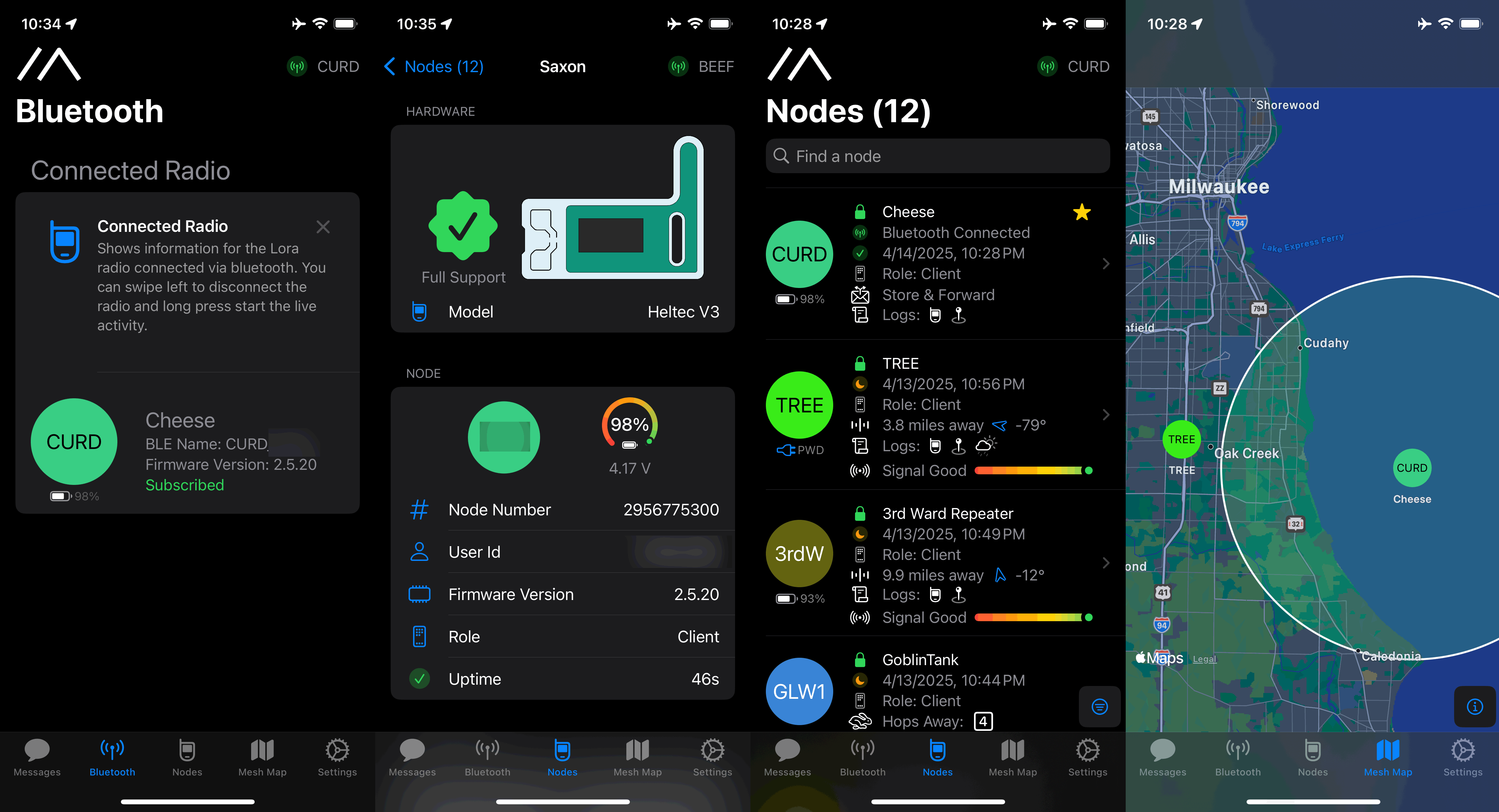
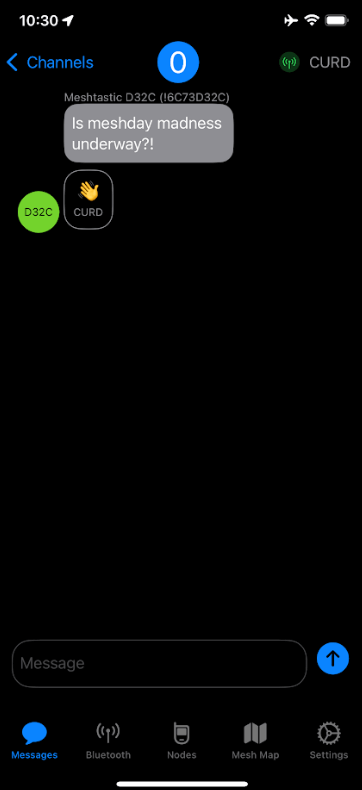
There is even BBS software that runs over meshtastic, i.e. https://github.com/TheCommsChannel/TC2-BBS-mesh
Check it out